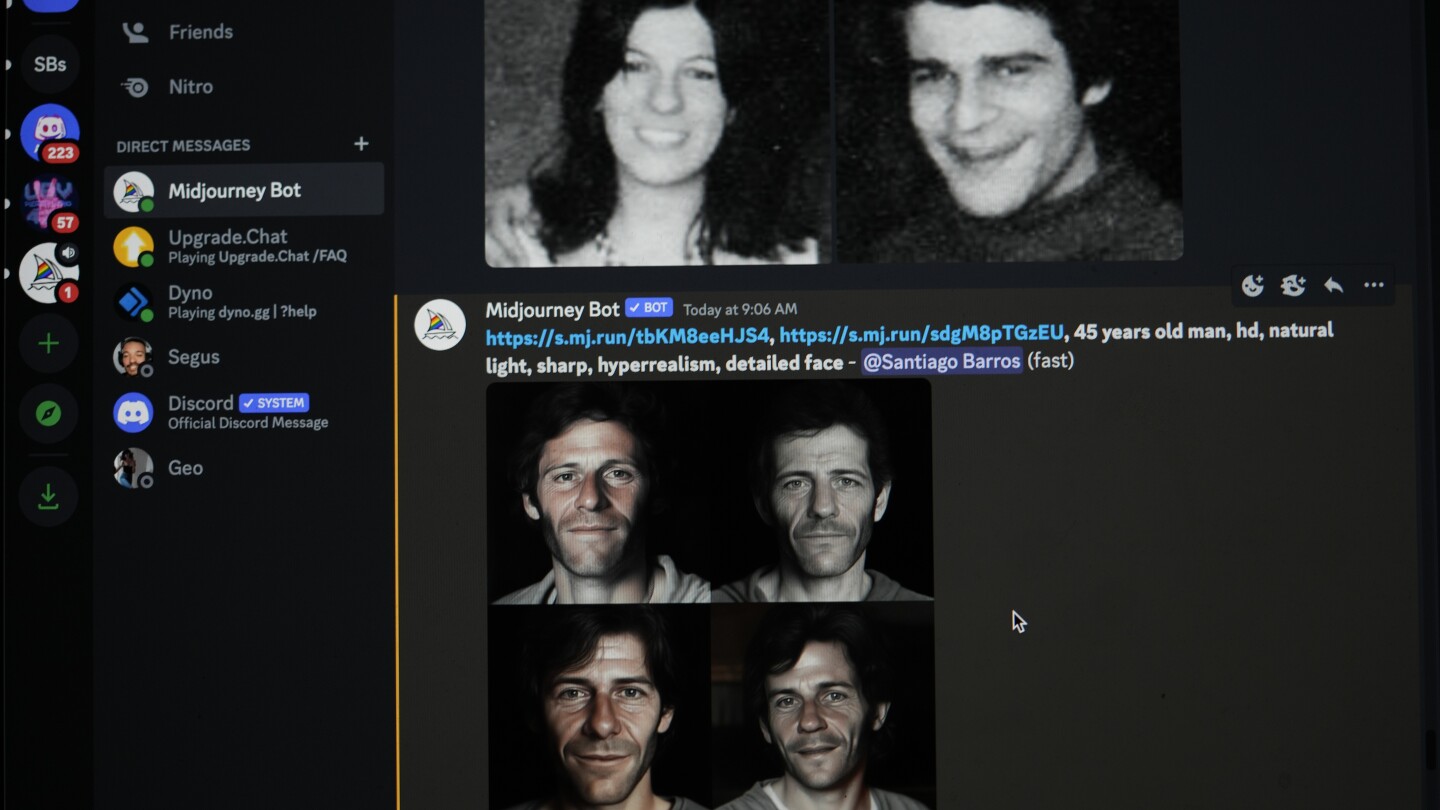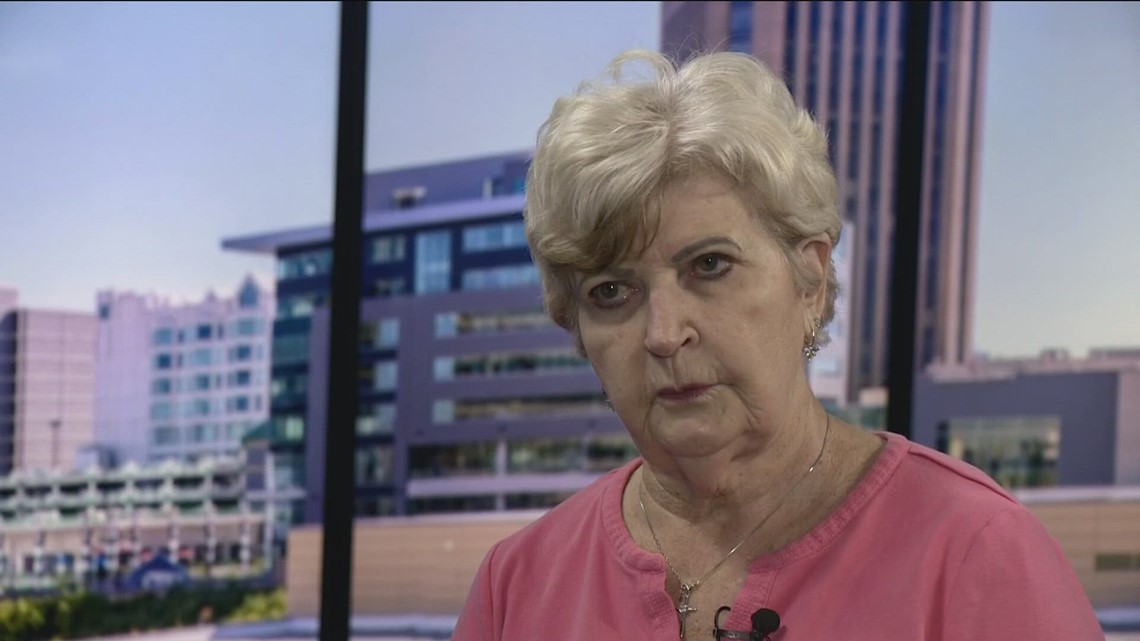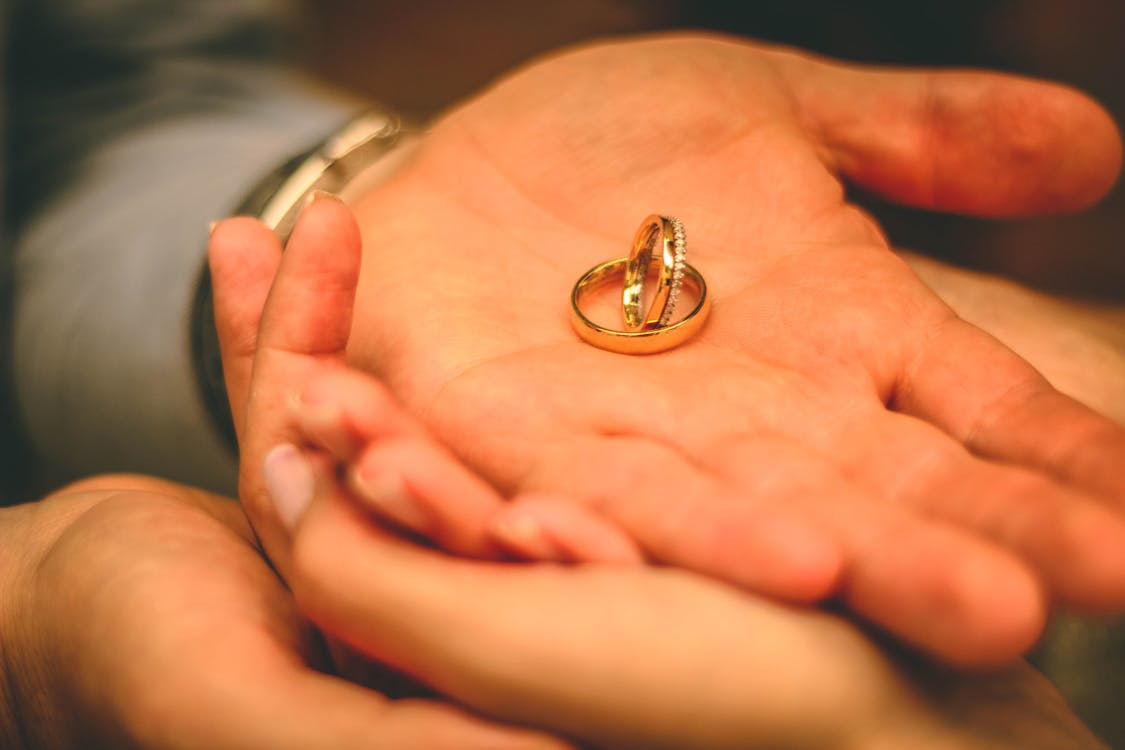AI job imagines adult faces of small children who disappeared during Argentina’s armed forces dictatorship

BUENOS AIRES, Argentina (AP) — If a toddler was taken from their moms and dads 4 decades ago all through Argentina’s military services dictatorship, what would that man or woman look like these days?
Argentine publicist Santiago Barros has been striving to solution that dilemma applying synthetic intelligence to make illustrations or photos of what the young children of moms and dads who disappeared throughout the dictatorship might glimpse like as grownups.
Just about every day, Barros uploads these illustrations or photos to an Instagram account called iabuelas, which is a portmanteau in Spanish for synthetic intelligence, or IA, and grandmother, or abuela — taken from the well-recognized activist team Grandmothers of Plaza de Mayo that searches for lacking young children.
“We have seen the shots of most of the disappeared, but we never have images of their kids, of all those little ones who were being stolen,” Barros told The Involved Push. “It struck me that these folks did not have a encounter.”
In the course of Argentina’s bloody dictatorship from 1976 to 1983, armed service officials carried out the systematic theft of infants from political dissidents who had been detained or normally executed and disposed of without a trace. The babies ended up generally raised by people linked to the dictatorship, or people ideologically aligned with it, as if they ended up their personal.
Employing an application identified as Midjourney, Barros brings together pictures of the disappeared fathers and mothers from the general public archive of the Grandmothers website, generating photos of what the faces of their kids could seem like as grown ups right now. For each and every combination, the application reveals two female and two male possibilities. Barros then chooses the picture of each and every gender that appears most real looking.
The challenge does not intend to substitute initiatives headed by the Grandmothers group of determining grandchildren via DNA tests. As an alternative, Barros suggests, the target is to stir the conscience of individuals over 46 who may perhaps have doubts about their origin and to provide as a reminder of the more than 4 many years the grandmothers have used trying to locate these young children.
The Grandmothers of the Plaza de Mayo estimates all over 500 kids ended up snatched from their mom and dad through the dictatorship. The group has located 133 grandchildren as a result of genetic analysis.
The team appreciates Barros’ initiative as a way to increase consciousness about the children who have been stolen or kidnapped during the dictatorship. But they warn that the only infallible device to connection these people with their households of origin is DNA screening that carries on to be carried out by the Countrywide Genetic Knowledge Financial institution, whose development they promoted in 1987.
In addition to performing with pictures from the Grandmothers’ archives, Barros uses photographic material furnished by interested events.
In some cases, individuals who have accessed iabuelas have noticed in the illustrations or photos a inclination towards standardization, increasing questions about their approximation to truth. But in many others, family members looking for a missing relative have been stunned by the resemblance they identified in people faces to blood kin.
These types of was the situation for Matías Ayastuy, who contacted Barros and offered him with photos of his disappeared mothers and fathers to see what a possible brother or sister would glance like. His mother, Marta Bugnone, was kidnapped in 1977 when she was expecting. By combining the picture of her and that of his father, Jorge Ayastuy, the AI device was equipped to appear up with some amazing effects.
“A large amount of folks see the masculine image as identical to me. But what created something quite, extremely strong for me was the feminine one particular. I found a really striking resemblance to a cousin of mine,” Ayastuy reported.
In the month considering the fact that Barros’ initiative launched, there have not however been any recognized circumstances of an grownup looking at them selves as very similar to one particular of his images and then commencing a official method of identification.
All the pictures of the disappeared mom and dad and their achievable little ones are uploaded to the Instagram account with a take note specifying that iabuelas is an “unofficial artistic project” and that results created by artificial intelligence can be inaccurate.
Pedro Sandoval, a grandson who was determined in 2006, embraced Barros’ initiative at initial, but afterwards determined it was imperfect since it looks to rely far too much on “standardized patterns” of people today with European capabilities. His mom, Liliana Fontana, and his father, Pedro Sandoval, are among the the 30,000 missing persons counted by humanitarian corporations.
Barros acknowledged the app may possibly be skewed, but mentioned that several of the disappeared men and women had European ancestors, in a nation with robust European immigration.
As for the grandmothers, they do not want the AI marketing campaign to produce untrue anticipations for people who discover similarities with the generated visuals, so they have urged it to be taken with a grain of salt.
“It is a marketing campaign that shows simulations about doable faces of sons and daughters of the disappeared, but we know that folks are much far more than 50 per cent of just about every of their parents and that international programs are established with genotypes of their populations,” the team explained in a assertion at the stop of July. “Therefore, the results are not accurate.”
___
Connected Press online video journalist Victor Caivano contributed to this report.
/cloudfront-us-east-1.images.arcpublishing.com/gray/MZZ6VZA235A7XOAVDRAO3AOUWQ.jpg)





